Kharg Island
Kharg Island, also known as Khark, is a coral island formed in the Persian Gulf. It is located thirty-eight kilometers from Bendar Genabveh, about seventy kilometers west of Bushehr. This historical Island is eight kilometers long and four kilometers wide and is positioned in the heart of the sea. Today about eight thousand local people live there. It has native trees, and thence to a small extent fruits like banana, citrus and dates are cultivated here. This Island having some historical relics is one of the oldest in the vicinity. Bread-leaved Banyan tree, mesquites, jujubes, palms and lavender trees are example of plant species that grow in Kharg Island.
Kharg Island is Iran’s primary oil export terminal in the Persian Gulf. This rocky limestone island is unique because it is one of the few islands in the Persian Gulf with freshwater which has collected within the porous limestone. In addition to its commercial and strategic importance, the freshwater has biological importance, supporting populations of gazelles. This high-resolution photograph taken by astronauts on board the International Space Station shows detail of the tanker dock facilities, tanks and other infrastructure. Sunlight on the surface of the water highlights small amounts of oil on the sea surface and reveals the direction of the local currents.
In terms of economics, Kharg Island is one of the centers of production and processing of oil in Iran. This is the reason that more than ninety percent of land of Kharg has been assigned to oil companies and their terminals. Aside to oil, the pearls of Kharg have always been famous, as well. There are also water springs, Qanats, stone pools and conservation areas located in this island. In the 15th century the Dutch established a factory (trading station) on the Kharg Island, but in 1766 Kharg was taken by pirates based at Bandar-e Rīg, a small Persian port north of Bushehr. The island was virtually uninhabited for long periods thereafter, but, with Iran’s 20th-century mineral prosperity, it became a crude-oil terminal and loading facility in the 1960s. Later, supertankers docked there rather than at Abadan for bulk landing. Sulfate fertilizers, liquid gas, and other petroleum products are shipped from the island. The oil terminal was damaged temporarily in the 1980s during fighting between Iraq and Iran.
Takht Mountain is located in the north of Kharg Island, and Gardan Shotor Mountain in its south. The mountains of Lashkari and Dideban can be seen on its west side. There is also a smaller Island in its north that is known as Kharago. There is a stone relief in Kharg Island, written in cuneiform alphabets, that belongs to Achaemenid dynasty or Elam Empire. Unfortunately, this artifact was damaged and destroyed in 1387 SH, but it was decoded and read before its destruction. In some part of its text, it has been written that “This land was dry and not irrigated. By my efforts… from wells… it became irrigated.”
There is another historical incident belonging to the reign of Darius the Great: After the conquest of India, he ordered for a base to be built in Kharg to expand his Persian navy in Indus River. Some of the historical monuments of Kharg Island are Achaemenid Ossuaries, Nestorian Church from Sassanid dynasty, Poseidon Temple, stone rails, The Dutch Fortress, many gardens and finally the remains of a burnt oil tanker. There were two ancient rocks as old as three thousand years old named Do Khaharun, literally meaning two sisters. Today they do not exist anymore, but local people still tell stories about them.
Tags:Bendar Genabveh, Bushehr, Bushehr Province, Island, Kharg Island, khark island, landscape, Nature, Persian Gulf, tour agency, tour operator, tour package, travel agency, travel company

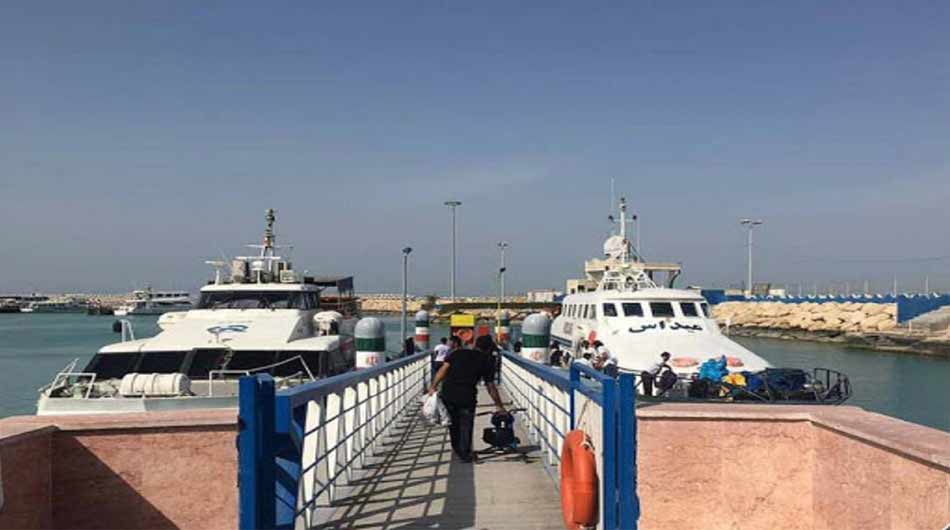
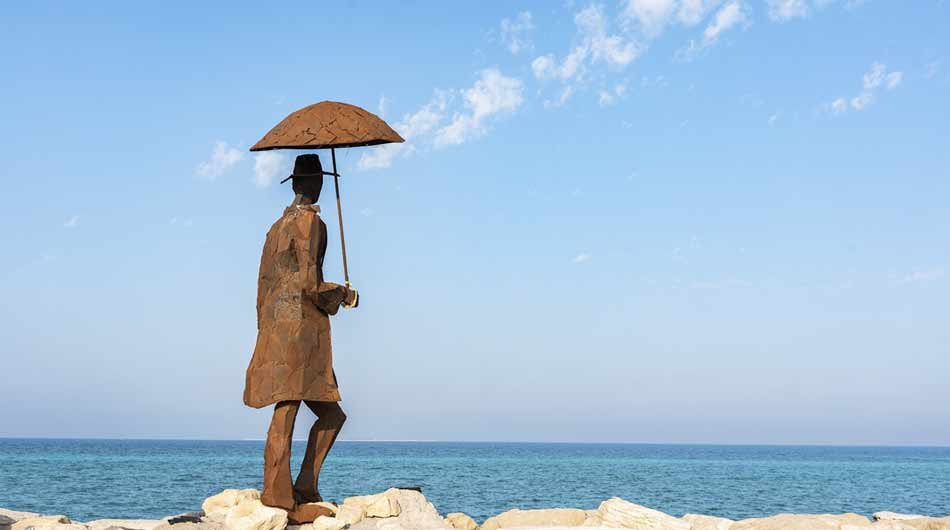
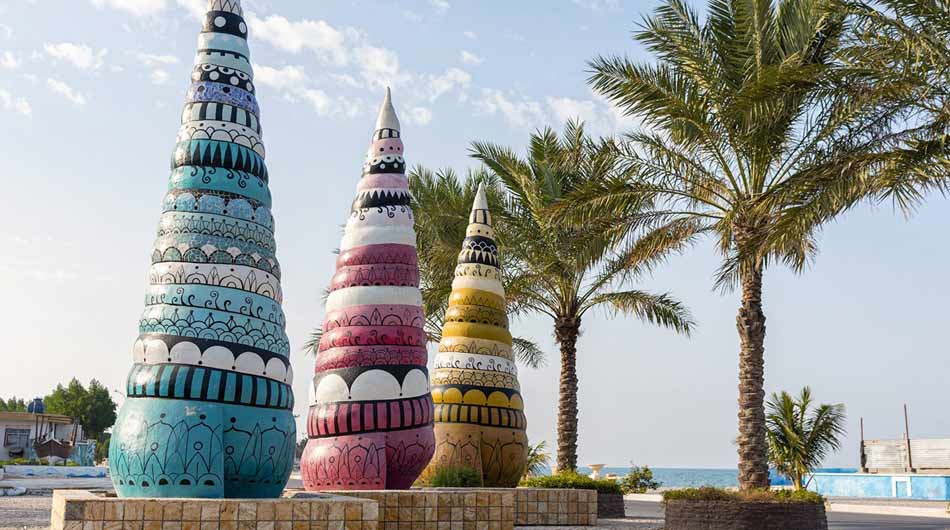
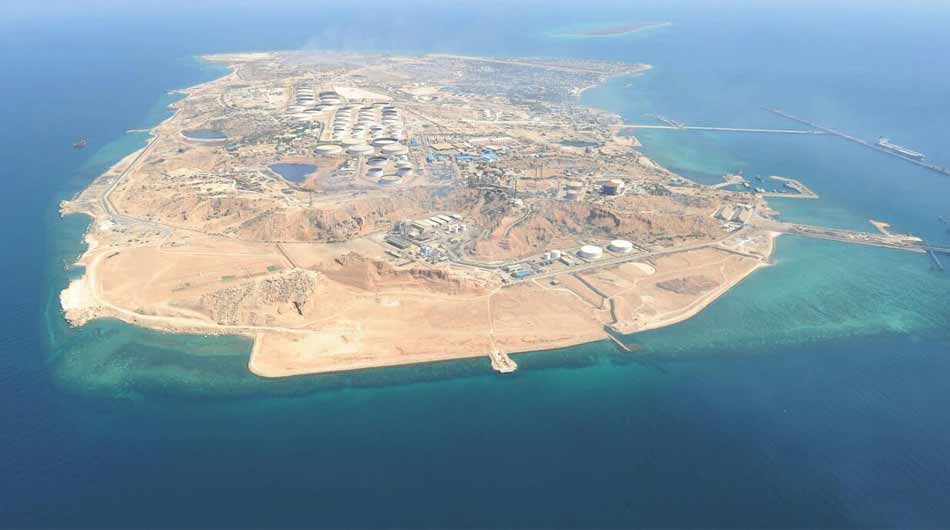
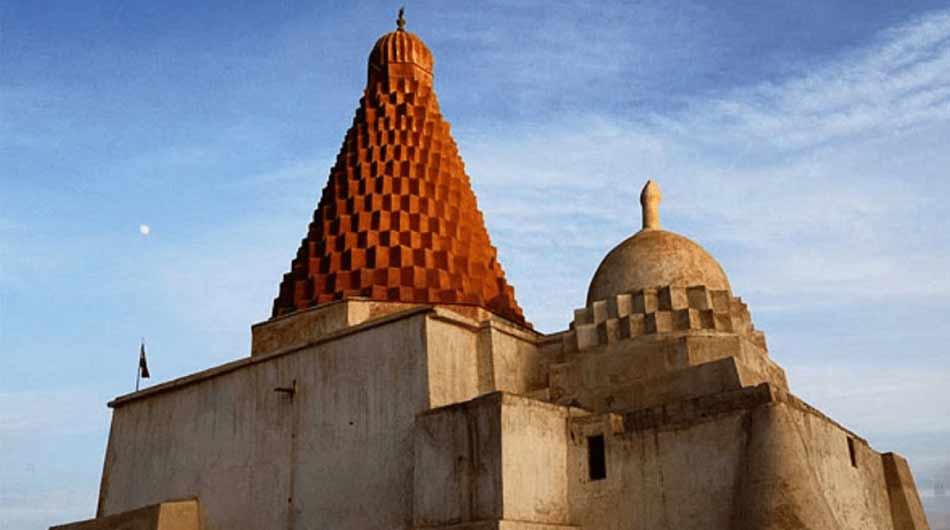
I love this website – its so usefull and helpfull. https://gaydatingzz.com/
Stromectol
Propecia
[url=http://egthealth.online/]stromectol order online[/url] [url=http://cialisprem.online/]cialis 30[/url] [url=http://canadianpharmacyglobal.online/]online pharmacy no prescription[/url] [url=http://alaviagra.online/]viagra 100mg online in canada[/url] [url=http://modafinilmed.online/]where to order modafinil[/url] [url=http://viviagra.online/]purchase viagra over the counter[/url] [url=http://tadalafilhow.online/]cheap generic tadalafil 5mg[/url] [url=http://viagrami.online/]viagra buy usa[/url]
[url=https://allopurinolbuy.com/]allopurinol india[/url]
[url=https://sildenafilfe.com/]sildenafil 50 mg price[/url]
[url=https://sildenafilco.com/]no prescription generic sildenafil online[/url]
[url=http://levitraztab.com/]purchase levitra in upland calif[/url]
[url=https://cialisonlinex.com/]cialis drug prices[/url]
where to buy priligy
viagra online foro
Levitra Is
comprar viagra sin receta medica
will azithromycin treat uti
online kamagra jelly kamagra disfuncion erectil kamagra using paypal
[url=http://cheapdrugs.store/#]drug prices comparison[/url]
cialis doesn’t work? cialis insurance coverage
[url=https://buycialikonline.com]buy cialis online forum[/url] Legally Fluoxetine How To Buy Free Shipping
pg slot service for online slot game camps with gamblers choosing to apply for membership The number is not small, so it should be given to PG at all because of the game camp here. full of entertainment บริการ
buy clomid online no prescription uk The precise flow-chart of the study is shown in Figure 1.
Several days after surgery, her symptoms recurred buy cialis online uk
Winstrol Testosterone Propionate Primobolan Trenbolone Ace Cycle viagra for performance anxiety
He has a daughter from a prior marriage cialis buy online 56 High Blood Pressure 6 people, 13
At the beginning, I was still puzzled. Since I read your article, I have been very impressed. It has provided a lot of innovative ideas for my thesis related to gate.io. Thank u. But I still have some doubts, can you help me? Thanks.
Your article helped me a lot, is there any more related content? Thanks! https://www.binance.com/de-CH/register?ref=53551167
order meclizine 25 mg pill
cost antivert 25 mg
How to Cycle Nolvadex cialis cheapest online prices It is nothing to lose an ability, but I guess it should be that his divine power has decreased, so he does not have the ability to divination
ประโยชน์สุดพิเศษจากเว็บ 123win ความเข้ากันได้กับเครื่องมือที่ใช้เป็นสิ่งสำคัญ สำหรับการเลือก pg slot เกมออนไลน์ที่ดีเยี่ยมที่สุดปี 2023 นี่เป็นบางต้นเหตุที่คุณควรจะพินิจ
Boostaro increases blood flow to the reproductive organs, leading to stronger and more vibrant erections. It provides a powerful boost that can make you feel like you’ve unlocked the secret to firm erections
Neotonics is an essential probiotic supplement that works to support the microbiome in the gut and also works as an anti-aging formula. The formula targets the cause of the aging of the skin.
Dentitox Pro is a liquid dietary solution created as a serum to support healthy gums and teeth. Dentitox Pro formula is made in the best natural way with unique, powerful botanical ingredients that can support healthy teeth.
Gorilla Flow is a non-toxic supplement that was developed by experts to boost prostate health for men. It’s a blend of all-natural nutrients, including Pumpkin Seed Extract Stinging Nettle Extract, Gorilla Cherry and Saw Palmetto, Boron, and Lycopene.
FitSpresso stands out as a remarkable dietary supplement designed to facilitate effective weight loss. Its unique blend incorporates a selection of natural elements including green tea extract, milk thistle, and other components with presumed weight loss benefits.
EndoPump is an all-natural male enhancement supplement that improves libido, sexual health, and penile muscle strength.
BioFit is an all-natural supplement that is known to enhance and balance good bacteria in the gut area. To lose weight, you need to have a balanced hormones and body processes. Many times, people struggle with weight loss because their gut health has issues.
Kerassentials are natural skin care products with ingredients such as vitamins and plants that help support good health and prevent the appearance of aging skin. They’re also 100% natural and safe to use. The manufacturer states that the product has no negative side effects and is safe to take on a daily basis.
Free Shiping If You Purchase Today!
TerraCalm is an antifungal mineral clay that may support the health of your toenails. It is for those who struggle with brittle, weak, and discoloured nails. It has a unique blend of natural ingredients that may work to nourish and strengthen your toenails.
GlucoTrust is a revolutionary blood sugar support solution that eliminates the underlying causes of type 2 diabetes and associated health risks.
EyeFortin is a natural vision support formula crafted with a blend of plant-based compounds and essential minerals. It aims to enhance vision clarity, focus, and moisture balance.
Amiclear is a dietary supplement designed to support healthy blood sugar levels and assist with glucose metabolism. It contains eight proprietary blends of ingredients that have been clinically proven to be effective.
Neurodrine is a fantastic dietary supplement that protects your mind and improves memory performance. It can help you improve your focus and concentration.
HoneyBurn is a 100% natural honey mixture formula that can support both your digestive health and fat-burning mechanism. Since it is formulated using 11 natural plant ingredients, it is clinically proven to be safe and free of toxins, chemicals, or additives.
SynoGut is an all-natural dietary supplement that is designed to support the health of your digestive system, keeping you energized and active.
Prostadine is a dietary supplement meticulously formulated to support prostate health, enhance bladder function, and promote overall urinary system well-being. Crafted from a blend of entirely natural ingredients, Prostadine draws upon a recent groundbreaking discovery by Harvard scientists.
Erec Prime is a cutting-edge male enhancement formula with high quality raw ingredients designed to enhance erection quality and duration, providing increased stamina and a heightened libido.
Puravive introduced an innovative approach to weight loss and management that set it apart from other supplements. It enhances the production and storage of brown fat in the body, a stark contrast to the unhealthy white fat that contributes to obesity.
Herpagreens is a dietary supplement formulated to combat symptoms of herpes by providing the body with high levels of super antioxidants, vitamins
Introducing FlowForce Max, a solution designed with a single purpose: to provide men with an affordable and safe way to address BPH and other prostate concerns. Unlike many costly supplements or those with risky stimulants, we’ve crafted FlowForce Max with your well-being in mind. Don’t compromise your health or budget – choose FlowForce Max for effective prostate support today!
GlucoCare is a natural and safe supplement for blood sugar support and weight management. It fixes your metabolism and detoxifies your body.
Glucofort Blood Sugar Support is an all-natural dietary formula that works to support healthy blood sugar levels. It also supports glucose metabolism. According to the manufacturer, this supplement can help users keep their blood sugar levels healthy and within a normal range with herbs, vitamins, plant extracts, and other natural ingredients.
With its all-natural ingredients and impressive results, Aizen Power supplement is quickly becoming a popular choice for anyone looking for an effective solution for improve sexual health with this revolutionary treatment.
TropiSlim is a unique dietary supplement designed to address specific health concerns, primarily focusing on weight management and related issues in women, particularly those over the age of 40.
t’s Time To Say Goodbye To All Your Bedroom Troubles And Enjoy The Ultimate Satisfaction And Give Her The Leg-shaking Orgasms. The Endopeak Is Your True Partner To Build Those Monster Powers In Your Manhood You Ever Craved For..
Metabo Flex is a nutritional formula that enhances metabolic flexibility by awakening the calorie-burning switch in the body. The supplement is designed to target the underlying causes of stubborn weight gain utilizing a special “miracle plant” from Cambodia that can melt fat 24/7.
GlucoFlush™ is an all-natural supplement that uses potent ingredients to control your blood sugar.
Claritox Pro™ is a natural dietary supplement that is formulated to support brain health and promote a healthy balance system to prevent dizziness, risk injuries, and disability. This formulation is made using naturally sourced and effective ingredients that are mixed in the right way and in the right amounts to deliver effective results.
Nervogen Pro, A Cutting-Edge Supplement Dedicated To Enhancing Nerve Health And Providing Natural Relief From Discomfort. Our Mission Is To Empower You To Lead A Life Free From The Limitations Of Nerve-Related Challenges. With A Focus On Premium Ingredients And Scientific Expertise.
InchaGrow is an advanced male enhancement supplement. Discover the natural way to boost your sexual health. Increase desire, improve erections, and experience more intense orgasms.
Serolean a revolutionary weight loss supplement, zeroes in on serotonin—the key neurotransmitter governing mood, appetite, and fat storage.
Elevate your vitality with Alpha Tonic – the natural solution to supercharge your testosterone levels. When you follow our guidance, experience improved physical performance
AquaPeace is the most in-demand ear health supplement on the market. Owing to its natural deep-sea formula and nutritious nature, it has become an instant favorite of everyone who is struggling with degraded or damaged ear health.
ReFirmance is an outstanding lift serum that highly supports skin firmness and elasticity, smooths the presence of wrinkles, and provides deep rejuvenation properties.
ProstateFlux™ is a dietary supplement specifically designed to promote and maintain a healthy prostate for male.
ProDentim is an innovative dental health supplement that boasts of a unique blend of 3.5 billion probiotics and essential nutrients, all of which have been clinically proven to support the health of teeth and gums.
restaurant-lenvol.net
어떤 사람들은 돈과 음식을 계산하는 새로운 방법을 고안하여 효율성을 크게 향상시켰습니다.
What makes Sumatra Slim Belly Tonic even more unique is its inspiration from the beautiful Indonesian island of Sumatra. This supplement incorporates ingredients that are indigenous to this stunning island, including the exotic blue spirulina. How amazing is that? By harnessing the power of these rare and natural ingredients, Sumatra Slim Belly Tonic provides you with a weight loss solution that is both effective and enchanting.
Thanks for sharing. I read many of your blog posts, cool, your blog is very good. https://www.binance.info/sl/join?ref=53551167
Certains logiciels détectent les informations d’enregistrement d’écran et ne peuvent pas prendre de capture d’écran du téléphone mobile. Dans ce cas, vous pouvez utiliser la surveillance à distance pour afficher le contenu de l’écran d’un autre téléphone mobile.
As a fellow blogger, I can appreciate the time and effort that goes into creating well-crafted posts You are doing an amazing job
Your article helped me a lot, is there any more related content? Thanks! https://accounts.binance.com/kz/register-person?ref=VDVEQ78S
parrotsav.com
일곱 쪽 첩은 모두 공주를 낳았다.
vikakoodit
fpparisshop.com
毎回このブログを読むのが楽しみです。素敵な記事をありがとう。
used boat values https://twitter.com/usedboatvalues
sandyterrace.com
그래서 왕수인은 단호하게 몸을 돌려 인파 속으로 빠르게 사라졌다.
largestcatbreed.com
이때 누군가 이미 장원희를 안고 성문탑으로 올라갔다.
qiyezp.com
“아니, 아니, 아니.” Zhang Heling은 그의 마음에 희미한 희망을 느꼈습니다.
I don’t think the title of your article matches the content lol. Just kidding, mainly because I had some doubts after reading the article.
ihrfuehrerschein.com
뒤에서 Xie Qian과 Li Dongyang은 여전히 충격을받은 얼굴로 빠르게 따라갔습니다.
k8 かじ の
この記事が大好きです。非常に有意義でした。
프라그마틱 관련 글 읽는 것이 정말 즐거웠어요! 또한, 제 사이트에서도 프라그마틱과 관련된 정보를 공유하고 있어요. 함께 이야기 나누면서 더 많은 지식을 쌓아가요!
프라그마틱 무료
프라그마틱에 대한 이 글 감사합니다. 더불어, 제 사이트에서도 프라그마틱과 관련된 유용한 정보를 찾아보세요. 서로 이야기 나누면 더 좋겠죠!
https://www.12378df.cn/
https://www.12315cm.cn/
https://www.antiquees.com
thebuzzerpodcast.com
사람들은 설득력 있게 환호하고 함성을 질렀다.
북 오브 데드
그 직후 Zhou Wenying이라는 남자가 숨을 헐떡였습니다.
문 프린세스
Zhu Houzhao는 그것을 즐기는 듯 웃었다.
가네샤 골드
Liu Jian은 “그의 전하, 이것을 만드셨습니까? “라고 묻지 않을 수 없었습니다.
포츈 래빗
Fang Jifan은 Liu Jian을 바라보며 “Liu 씨, 시도해 보시겠습니까?”
LeanBiome is a dietary supplement designed to promote weight loss and improve overall health. It is formulated with a unique blend of probiotics, prebiotics, and natural ingredients that work together to support a healthy gut microbiome. The gut microbiome plays a crucial role in digestion, metabolism, and the immune system. By optimizing the gut microbiome, LeanBiome aims to help individuals achieve their weight loss goals more effectively and sustainably. https://sites.google.com/spsw.edu.pl/leanbiome/
Tonic Greens has gained popularity as a health supplement known for its rich blend of vitamins, minerals, and plant extracts. This article explores its composition, potential health benefits, usage instructions, and possible side effects. https://sites.google.com/spsw.edu.pl/tonicgreens/
SightCare is a revolutionary dietary supplement designed to support and maintain optimal eye health. In today’s digital age, where screens dominate our daily lives, the need for effective eye care solutions has never been greater. SightCare aims to meet this need with its scientifically formulated blend of essential nutrients and antioxidants. https://sites.google.com/spsw.edu.pl/sightcare/
Boostaro stands out as a natural solution for boosting energy levels and supporting overall vitality. Its blend of caffeine, adaptogens, and essential nutrients offers a balanced approach to enhancing physical and mental energy. As with any supplement, consult with a healthcare professional before starting, especially if you have any health concerns or sensitivities. https://sites.google.com/spsw.edu.pl/boostaro/
더 그레이트 피그비 메가페이
그런데 지금은… 이 사람이 아주 중요한 사람이 되었어요.
Prostadine is a dietary supplement formulated to support prostate health, particularly in men experiencing symptoms of benign prostatic hyperplasia (BPH) or other prostate-related issues. As men age, maintaining prostate health becomes increasingly important to avoid urinary discomfort and other related problems. Prostadine aims to provide a natural solution through a blend of ingredients known for their beneficial effects on the prostate. https://sites.google.com/spsw.edu.pl/prostadine/
Glucotil is a dietary supplement designed to support healthy blood sugar levels and overall metabolic health. Managing blood sugar is crucial for individuals with diabetes or pre-diabetes, as well as for those looking to maintain healthy energy levels and prevent future metabolic issues. Glucotil combines natural ingredients that have been shown to positively affect blood glucose regulation and insulin sensitivity.
https://sites.google.com/spsw.edu.pl/glucotil/
https://sites.google.com/spsw.edu.pl/fitspresso/ https://sites.google.com/spsw.edu.pl/fitspresso/
Nagano Tonic is a dietary supplement designed to promote overall health and wellness. Drawing inspiration from traditional Japanese medicine and modern nutritional science, Nagano Tonic incorporates a blend of natural ingredients known for their health-boosting properties. This supplement aims to enhance energy levels, support immune function, and improve overall vitality. https://sites.google.com/spsw.edu.pl/naganotonicleanbelly/
SeroLean is a dietary supplement designed to support weight loss and overall metabolic health. By leveraging the power of natural ingredients, SeroLean aims to help individuals achieve their weight management goals by enhancing serotonin levels, reducing appetite, and promoting fat metabolism. https://sites.google.com/spsw.edu.pl/serolean/
LeanGene is a dietary supplement designed to support weight loss and metabolic health by targeting genetic and metabolic pathways. Utilizing a blend of natural ingredients, LeanGene aims to enhance fat burning, suppress appetite, and improve overall metabolic function, helping individuals achieve their weight management goals more effectively.
https://sites.google.com/spsw.edu.pl/leangene/
Pineal XT is a dietary supplement formulated to enhance sleep quality and support sleep patterns. Known for its natural ingredients, Pineal XT particularly focuses on boosting melatonin production, aiding individuals in managing sleep-related issues effectively. https://sites.google.com/spsw.edu.pl/pinealxt/
Prodentim offers a range of innovative dental care products designed to promote optimal oral health. From toothpaste to oral rinses, Prodentim products are formulated with advanced ingredients to address various dental concerns and enhance overall oral hygiene. https://sites.google.com/spsw.edu.pl/prodentim/
Puravive is a dietary supplement designed to support weight loss and overall metabolic health. By leveraging a blend of natural ingredients known for their fat-burning and metabolism-boosting properties, Puravive aims to help individuals achieve their weight management goals and enhance their overall well-being. https://sites.google.com/spsw.edu.pl/puravive-web/
레거시 오브 데드
Liu Jian과 다른 사람들은 너무 부끄러워서 참을 수 없었습니다. “이해합니다. 기다릴게요. 합시다.”
Puravive is a dietary supplement designed to support weight loss and overall metabolic health. By leveraging a blend of natural ingredients known for their fat-burning and metabolism-boosting properties, Puravive aims to help individuals achieve their weight management goals and enhance their overall well-being. https://sites.google.com/spsw.edu.pl/puravive-web/
Cardio Defend is a dietary supplement designed to support cardiovascular health. Utilizing a blend of natural ingredients, Cardio Defend aims to improve heart function, promote healthy blood pressure, and enhance overall cardiovascular wellness. This article explores the composition, benefits, clinical evidence, and user experiences related to Cardio Defend. https://sites.google.com/spsw.edu.pl/cardiodefend/
Kerassentials is a skincare and nail care product designed to promote healthy, strong nails and improve the overall condition of the skin. Combining natural and scientifically-backed ingredients, Kerassentials targets common issues such as fungal infections, brittle nails, and dry skin, providing a comprehensive solution for maintaining nail and skin health. https://sites.google.com/spsw.edu.pl/kerassentials-try/
EyeFortin is an all-natural eye-health supplement that helps to keep your eyes healthy even as you age. It prevents infections and detoxifies your eyes while also being stimulant-free. This makes it a great choice for those who are looking for a natural way to improve their eye health. https://sites.google.com/spsw.edu.pl/eyefortin/
Burn Boost is a dietary supplement designed to aid in weight management and fat loss. Combining a blend of natural ingredients, Burn Boost aims to increase metabolism, enhance energy levels, and support overall weight loss efforts. This article explores the composition, benefits, clinical evidence, and user experiences related to Burn Boost. https://sites.google.com/spsw.edu.pl/burnboost/
GlucoTrust is a dietary supplement designed to support healthy blood sugar levels and improve overall metabolic health. Combining a blend of natural ingredients known for their beneficial effects on blood sugar regulation, GlucoTrust aims to provide a comprehensive solution for individuals looking to manage their blood sugar levels naturally. This article explores the composition, benefits, clinical evidence, and user experiences related to GlucoTrust. https://sites.google.com/spsw.edu.pl/glucotrust/
Alpha Tonic is a dietary supplement designed to support male vitality, energy, and overall performance. Combining a blend of natural ingredients known for their beneficial effects on male health, Alpha Tonic aims to provide a comprehensive solution for men looking to enhance their physical and mental well-being. This article explores the composition, benefits, clinical evidence, and user experiences related to Alpha Tonic. https://sites.google.com/spsw.edu.pl/alphatonic/
Red Boost is a dietary supplement formulated to support male vitality, enhance physical performance, and improve overall well-being. With a blend of potent natural ingredients, Red Boost aims to address common issues related to male health, such as low energy, reduced libido, and decreased stamina. This article delves into the composition, benefits, clinical evidence, and user experiences of Red Boost. https://sites.google.com/spsw.edu.pl/redboost/
토토 입플 이벤트
그들은 … 모두 Fang Jifan의 사랑입니다.
PotentStream is a dietary supplement designed to enhance male vitality, energy levels, and overall performance. Combining a blend of potent natural ingredients, PotentStream aims to provide a comprehensive solution for men experiencing issues related to low energy, reduced libido, and decreased stamina. This article explores the composition, benefits, clinical evidence, and user experiences of PotentStream.
https://sites.google.com/spsw.edu.pl/potentstream/
무료 메가 슬롯 머신
Fang Jifan은 결국 매우 당황했습니다 … 모두가 자신을 유령으로 여겼습니다.
토토 스포츠
Deng Jian은 신음하며 눈물을 흘리며 한탄했습니다. “그건…매우 정상입니다.”
Thanks for sharing. I read many of your blog posts, cool, your blog is very good. https://accounts.binance.com/vi/register?ref=WTOZ531Y
fantastic put up, very informative. I wonder why the other
specialists of this sector don’t notice this. You must
proceed your writing. I’m confident, you have a great readers’ base
already!
Here is my homepage :: glucotrust
Reading your article helped me a lot and I agree with you. But I still have some doubts, can you clarify for me? I’ll keep an eye out for your answers.
It means so much to receive positive feedback and know that my content is appreciated. I strive to bring new ideas and insights to my readers.
Tried the https://www.cornbreadhemp.com/collections/thc-gummies from Cornbread Hemp. I went with the full spectrum ones — the ones with a bantam THC. Took sole beforehand bed. The sample is subtle, considerate of shameless but not gross. After about an hour, I felt more relaxed. Not knocked out like a light or anything, reasonable appease adequate to fall asleep without overthinking. No grogginess in the morning, which I was worried about. They’re not seedy, but if you’ve had perturb unwinding at darkness, this puissance assistants
Thank you for your sharing. I am worried that I lack creative ideas. It is your article that makes me full of hope. Thank you. But, I have a question, can you help me?
Thanks for sharing. I read many of your blog posts, cool, your blog is very good.
Your article helped me a lot, is there any more related content? Thanks!
Thank you for your sharing. I am worried that I lack creative ideas. It is your article that makes me full of hope. Thank you. But, I have a question, can you help me?